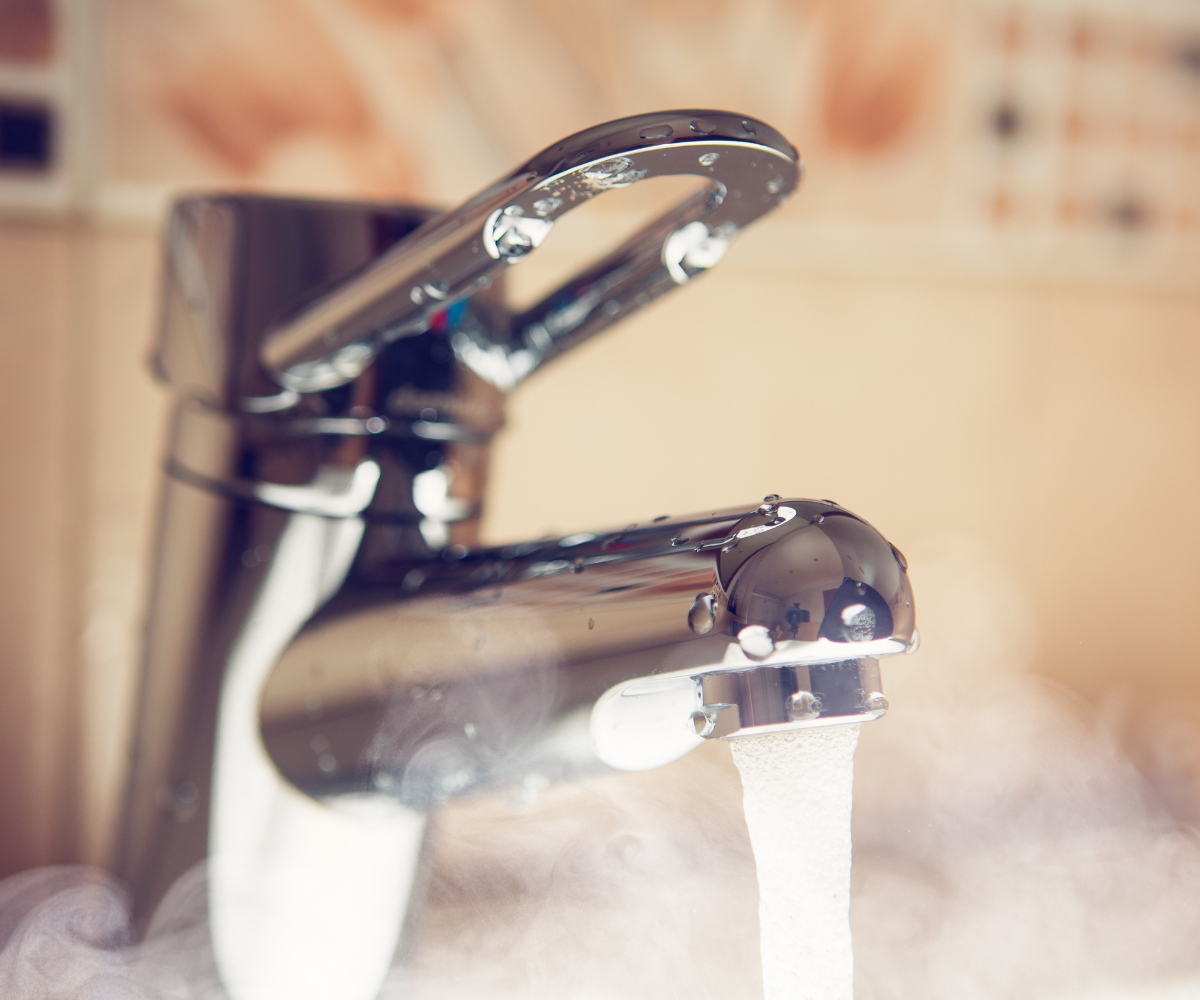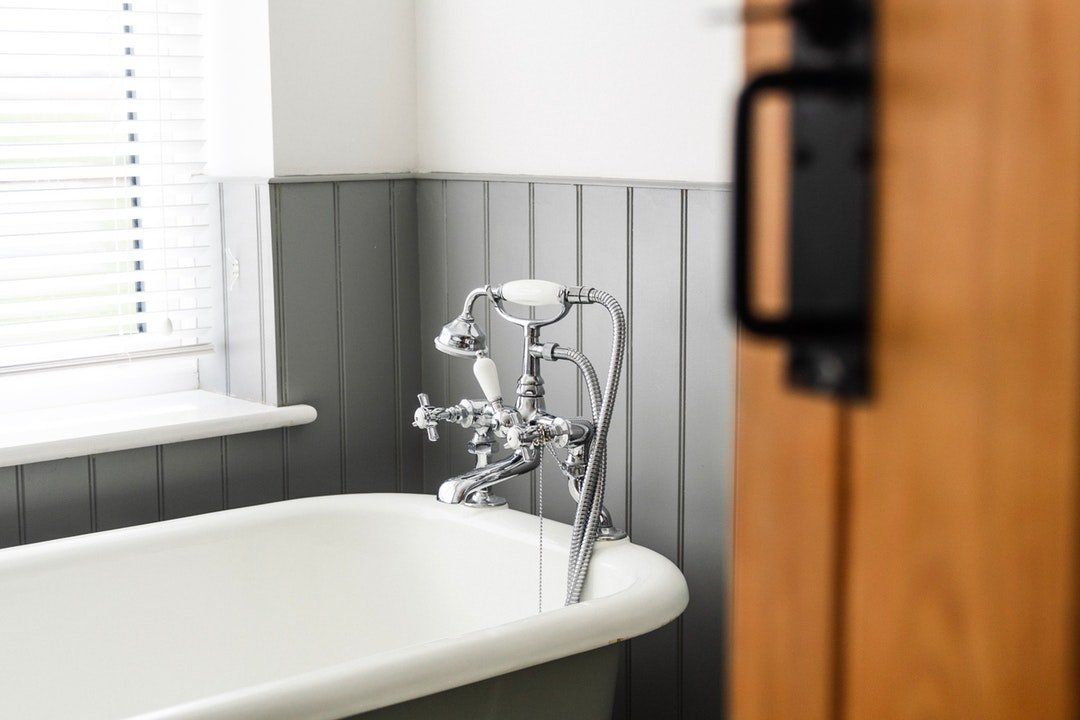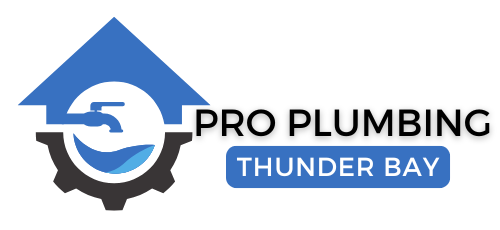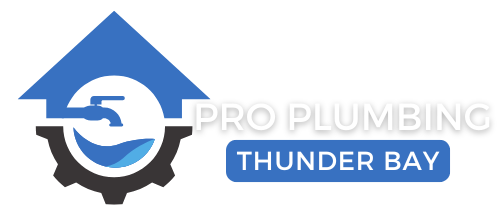How to Handle an Overflowing Toilet While Waiting for Your Plumber – Pro Plumbing Thunder Bay
There’s nothing more stressful than watching your toilet water rise past the bowl’s edge, threatening to spill over onto your bathroom floor. As a seasoned plumber at Pro Plumbing Thunder Bay, I’ve seen many homeowners panic in this situation. The good news? You can take a few immediate steps to minimize damage and prevent a major mess before we arrive. Here’s what you need to do.

1. Stop the Water Flow Immediately
The first and most important step is to prevent more water from entering the bowl. Here’s how:
Shut Off the Toilet’s Water Supply
- Locate the water shut-off valve behind or near the toilet.
- Turn it clockwise to stop the flow of water.
Lift the Tank Lid & Secure the Flapper
- If you can’t find the shut-off valve or it’s stuck, remove the tank lid.
- Find the rubber flapper at the bottom of the tank and press it down to stop water from flowing into the bowl.
- Lift the float or ball inside the tank to prevent the tank from refilling.
2. Reduce Water Levels in the Bowl
If the toilet has already overflowed, you need to manage the water level to prevent further flooding.
Use a Cup or Bucket
- If there’s excess water in the bowl, use a small cup or bucket to remove some and pour it into the bathtub or sink.
Lay Down Towels or Paper Towels
- Place absorbent towels or paper towels around the toilet to contain any overflow.
3. Attempt to Clear the Clog Safely
If you believe the overflow was caused by a clog, you may be able to fix it while waiting for the plumber.
Use a Plunger
- Ensure you’re using a toilet plunger (flange plunger) rather than a sink plunger.
- Place the plunger over the drain hole and push down gently at first to create a seal.
- Then plunge with force, pulling up and pushing down for about 20-30 seconds.
- If the water starts to drain, flush carefully to check if the clog is gone.
Try a Hot Water & Dish Soap Trick
- Pour a few squirts of dish soap into the toilet bowl.
- Follow with a bucket of hot (not boiling) water poured from waist height.
- Wait 10–15 minutes and try flushing again.
4. What NOT to Do While Waiting for a Plumber
- Don’t Flush Again! – This will only cause more overflow.
- Avoid Chemical Drain Cleaners – These can damage your pipes and make the situation worse.
- Don’t Use a Wire Hanger or Sharp Objects – This can scratch or crack your toilet.
5. When to Call Pro Plumbing Thunder Bay
If these quick fixes don’t work, it’s time to call in the pros. Reach out to Pro Plumbing Thunder Bay for:
Stubborn clogs that won’t clear.
Water leaking from the toilet base.
Slow drainage or repeated overflows.
Sewer backups causing multiple fixture issues.
Fast & Reliable Emergency Plumbing in Thunder Bay
Toilet overflowing? Don’t wait—call Pro Plumbing Thunder Bay now at or schedule service online. We’ll be there fast to get your bathroom back to normal!
You might also like




